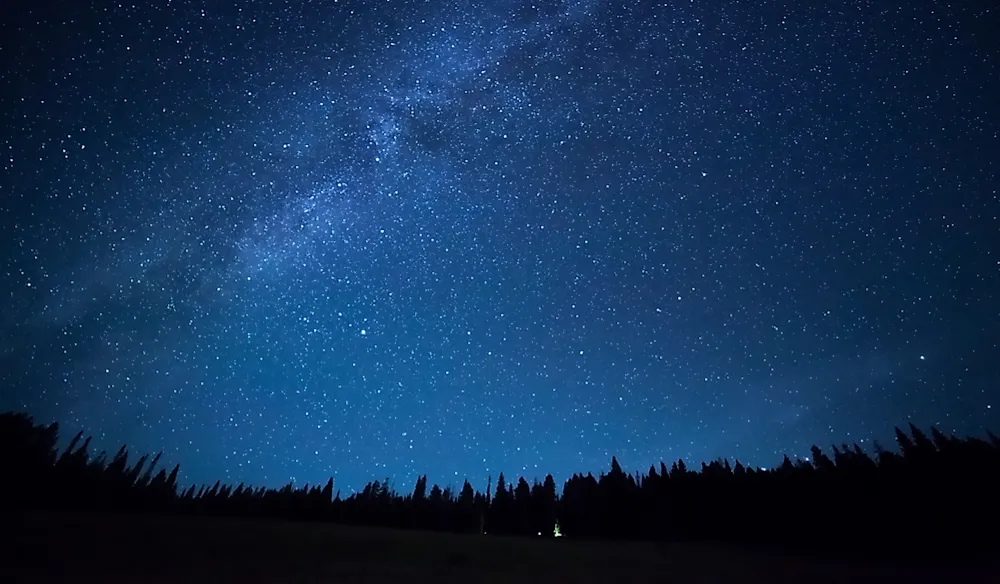Why Do the Stars Twinkle?

Stars twinkle and light up the sky at night. The twinkling of stars has always fascinated humanity for a long time. Stars are an integral part of the celestial system whose other components include planets and other heavenly bodies such as asteroids. These bodies that comprise the galaxy have different characteristics in appearance and occurrence. In light of this, stars twinkle while planets do not. This fascinating phenomenon is the main reason why many people all over the world enjoy looking at the stars and can be explained through understanding the nature of the light produced by stars in comparison to that of planets.
Why Do Stars Twinkle?
Stars appear to twinkle because they are very far away from the earth. The extremely long distance between the stars means that even with more sophisticated telescopes being developed to have a better look at the stars, they are still nothing more than points in the sky. Earth’s atmosphere tends to distort how we view celestial bodies including the stars. The light produced by stars has to permeate our atmosphere for us to see the stars and this is where the streams of light are affected by varying characteristics of the different layers of the atmosphere. This means that even with a super telescope the effects of temperature and density of the earth’s atmosphere will refract the light and make the stars twinkle.
Why Don't Planets Twinkle?
Planets do not appear to twinkle for the same reason that stars twinkle, their distance from earth. Planets are much closer to the earth, and unlike stars that resemble pinpoints, planets appear as disk shapes. Through a telescope, the shape is the difference between a planet and a star. However, both emit light that passes through the earth’s atmosphere while only stars twinkle. This remarkable event lies in the nature of the planet, light from one side of the “disc’’ may assume one angle of direction while light from the other side goes in the opposite direction. The light from both sides tends to neutralize each other causing a more steady light.
If we had the chance to view both plants and stars from outer space both would produce steady streams of light since they would not have to go through any atmosphere. This is closely tied to cases where planets have been seen to twinkle though on very rare occasions. Instances of planets appearing to twinkle happen when they are seen low in the sky, this is as a result of our eyesight having to view the planet through a larger part of the atmosphere than we would if we view it from an overhead point.











